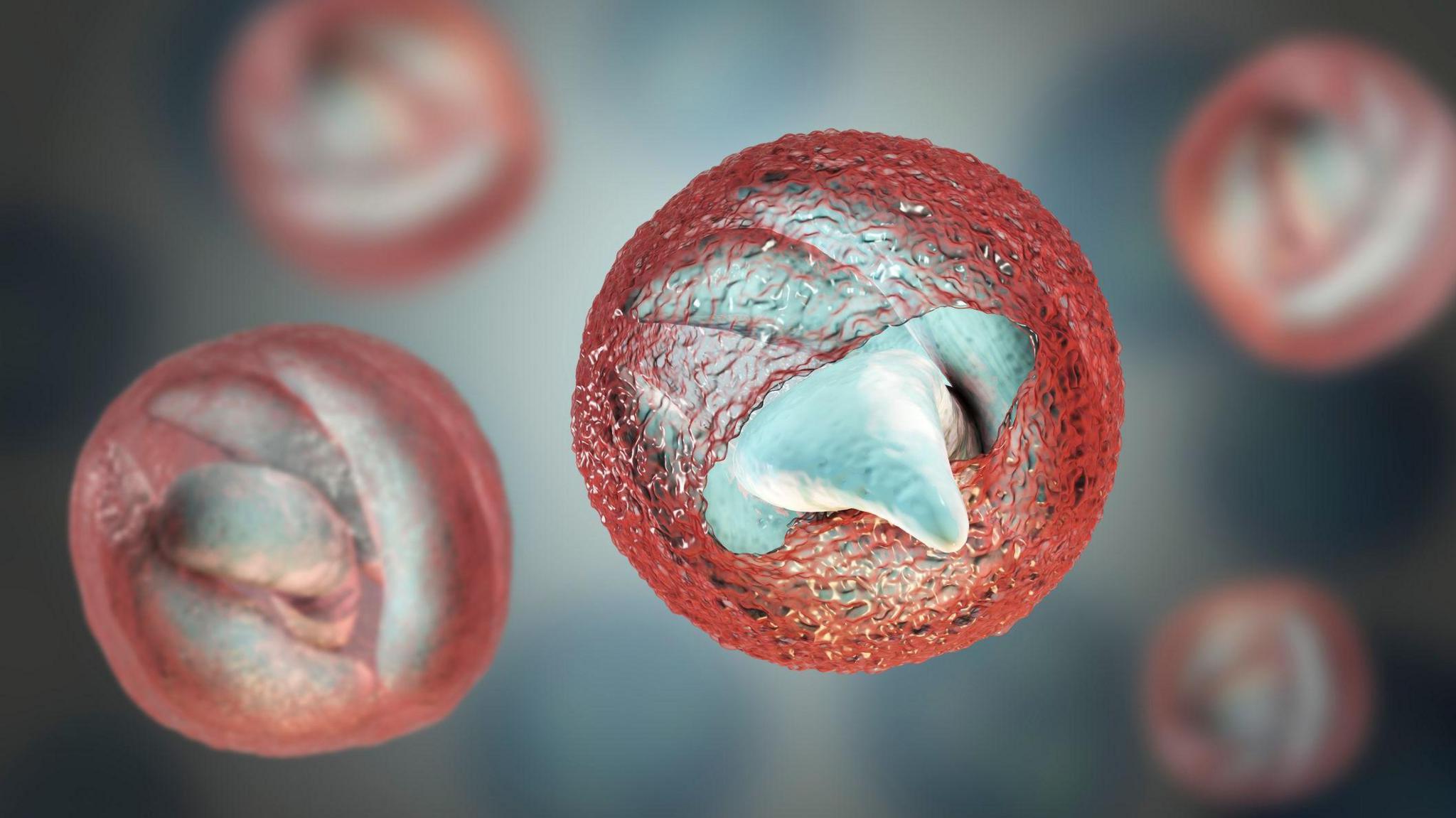
Cryptosporidiosis is a mouthful, but understanding it can help keep you and your loved ones safe. This illness, caused by the parasite Cryptosporidium, often spreads through contaminated water. You might have heard about it in news reports about swimming pool outbreaks. But did you know it can also come from food or direct contact with infected animals? Symptoms include stomach cramps, dehydration, nausea, and diarrhea. While it can affect anyone, young children, older adults, and those with weakened immune systems are at higher risk. Knowing these facts can help you take steps to prevent infection and stay healthy.
Key Takeaways:
- Cryptosporidiosis is a disease caused by tiny parasites that can survive in water and infect both humans and animals, leading to diarrhea and other gastrointestinal issues. It's resistant to chlorine and can be transmitted through contaminated water and food.
- Recognizing the symptoms of cryptosporidiosis, such as watery diarrhea, abdominal cramps, and dehydration, is crucial for early diagnosis and treatment. Good hygiene practices, avoiding contaminated water and food, and proper sanitation are important for prevention.
What is Cryptosporidiosis?
Cryptosporidiosis is a disease caused by microscopic parasites called Cryptosporidium. These parasites can infect humans and animals, leading to gastrointestinal issues. Here are some intriguing facts about this condition.
- Cryptosporidium is a protozoan parasite that causes cryptosporidiosis.
- The disease is often referred to as "Crypto" for short.
- Cryptosporidium was first identified in 1907.
- It primarily affects the intestines, causing diarrhea.
- The parasite can survive outside the body for long periods.
- Cryptosporidium is resistant to chlorine, making it hard to kill in water supplies.
- It is one of the most common causes of waterborne disease in the United States.
- The parasite can infect both humans and animals.
- Cryptosporidiosis is more common in developing countries.
- The disease can be severe in people with weakened immune systems.
How is Cryptosporidiosis Transmitted?
Understanding how cryptosporidiosis spreads is crucial for prevention. Here are some key facts about its transmission.
- The parasite is transmitted through the fecal-oral route.
- Contaminated water is a major source of infection.
- Eating contaminated food can also lead to infection.
- Person-to-person transmission is possible, especially in close-contact settings.
- Animals can transmit the parasite to humans.
- Swimming in contaminated pools can cause infection.
- Cryptosporidium oocysts are the infectious form of the parasite.
- These oocysts can survive in the environment for months.
- They are resistant to most common disinfectants.
- Handwashing is an effective way to prevent transmission.
Symptoms of Cryptosporidiosis
Recognizing the symptoms can help in early diagnosis and treatment. Here are some common symptoms associated with cryptosporidiosis.
- Watery diarrhea is the most common symptom.
- Abdominal cramps often accompany diarrhea.
- Nausea and vomiting can occur.
- Some people experience fever.
- Dehydration is a serious risk due to fluid loss.
- Symptoms usually appear 2-10 days after infection.
- The illness can last for 1-2 weeks.
- In some cases, symptoms can persist for longer periods.
- Weight loss may occur due to prolonged illness.
- People with weakened immune systems may experience more severe symptoms.
Diagnosing Cryptosporidiosis
Accurate diagnosis is essential for effective treatment. Here are some facts about how cryptosporidiosis is diagnosed.
- Stool samples are commonly used for diagnosis.
- Special staining techniques can identify the parasite in stool samples.
- Molecular methods like PCR can detect Cryptosporidium DNA.
- Immunoassays can identify Cryptosporidium antigens.
- Multiple stool samples may be needed for accurate diagnosis.
- Endoscopy can be used in severe cases to examine the intestines.
- Blood tests are not typically used for diagnosis.
- Rapid diagnostic tests are available for quick results.
- Diagnosis can be challenging due to the parasite's small size.
- Accurate diagnosis is crucial for appropriate treatment.
Treatment and Prevention
Managing cryptosporidiosis involves both treatment and preventive measures. Here are some important facts about treatment and prevention.
- There is no specific cure for cryptosporidiosis.
- Most people recover without treatment.
- Rehydration is essential to prevent dehydration.
- Antiparasitic medications like nitazoxanide can be used.
- People with weakened immune systems may need additional treatment.
- Good hygiene practices can prevent infection.
- Avoiding contaminated water and food is crucial.
- Boiling water can kill Cryptosporidium oocysts.
- Proper sanitation and sewage treatment can reduce transmission.
- Public health measures are important for controlling outbreaks.
Final Thoughts on Cryptosporidiosis
Cryptosporidiosis, often called "crypto," is a sneaky parasite that can cause serious illness. It's found in contaminated water, food, and even on surfaces. Symptoms like diarrhea, stomach cramps, and nausea can last for weeks, making it a tough bug to beat. People with weakened immune systems, like those with HIV/AIDS or undergoing chemotherapy, are at higher risk. Preventing crypto involves good hygiene, like washing hands thoroughly and avoiding swallowing water from pools or lakes. Boiling water can kill the parasite, making it safe to drink. Awareness and prevention are key to keeping this parasite at bay. Stay informed, practice good hygiene, and take steps to protect yourself and your loved ones from cryptosporidiosis.
Frequently Asked Questions
Was this page helpful?
Our commitment to delivering trustworthy and engaging content is at the heart of what we do. Each fact on our site is contributed by real users like you, bringing a wealth of diverse insights and information. To ensure the highest standards of accuracy and reliability, our dedicated editors meticulously review each submission. This process guarantees that the facts we share are not only fascinating but also credible. Trust in our commitment to quality and authenticity as you explore and learn with us.
